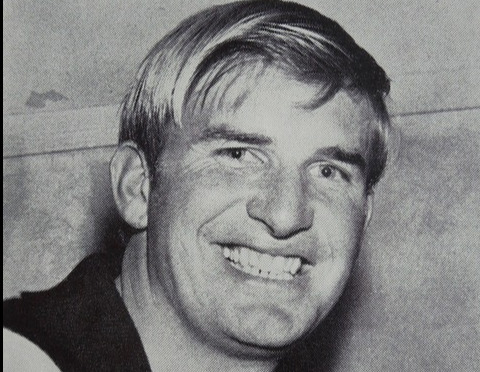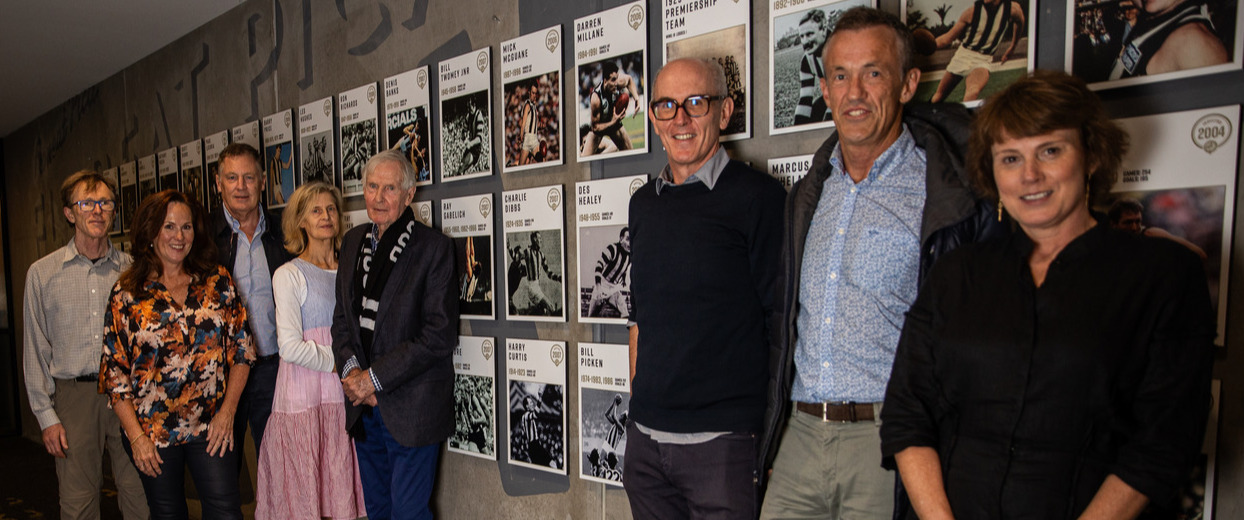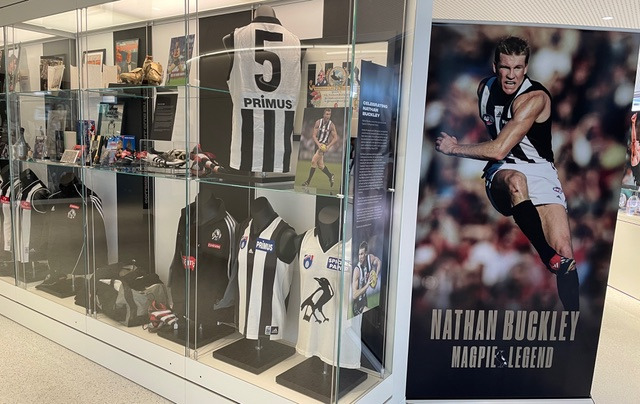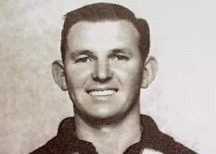Mention the name Dick Lee to any football supporter and it immediately evokes images of freakish leaps, sensational marks and long, accurate kicks for goal. But there is one other quality for which he is less well known, and without which he might have struggled to play more than a few seasons with Collingwood. That quality is courage.
Throughout his long and glorious career Lee had to battle with a succession of painful and debilitating leg injuries that would have stopped scores of lesser men in their tracks. But not Dick Lee. Not only did he keep playing but he set standards and records previously considered impossible, and became the benchmark against which other great forwards were measured. And all this on one or one-and-a-half legs! What might he have done on two good legs?
His injury problems began in 1908 during a game against St Kilda when one of his teammates accidentally kicked his right shin and tore it open. The shin was horribly split and the wound, poisoned by dye from his socks, simply refused to heal, re-opening almost every week. Often his father, Wal, would remove Dick’s boots after a game to find his socks drenched in blood. Lee himself later confessed that the shin injury was so painful it sometimes reduced him to tears and made him “howl like a kid”.
Collingwood tried everything to help its young champion, including having a special steel and leather shinguard made for him by Syd Sherrin. But nothing worked, and every Saturday Dick would have to visit a doctor to have the proud flesh of the wound burned with caustic soda. Finally, some five years later, a doctor tried a special way of cauterising the wound and succeeded in closing it. Nevertheless the injury still worried Dick and, even late in his life, would sometimes cause him to limp and wince with pain.
His other problem, perhaps even more serious, involved a series of injuries to his right knee which caused him to miss several years of football. He did it twice in 1911 and actually retired in 1912, believing he would not be able to play again. Fortunately his surgeon, Dr Zwar, disagreed with Lee’s diagnosis and the game’s greatest forward was back on the field for the last few games of 1913 — the beneficiary of football’s first known cartilage operation.
For the rest of his career he continued to suffer leg problems which at different times threatened to bring a premature end to his playing days. But he carried on until 1922, playing 230 games and kicking a then record 707 goals.
Dick's father, Wal, was Collingwood’s most famous trainer. He had been a player with the old Britannia club, but was suspended for three years due to allegations of cheating during his goal umpiring in a game one day when he was injured and was filling in as an official. Wal always maintained his innocence but took up training during his enforced absence and never returned to the playing field.
Wal’s son, Dick, was actually christened Walter Henry, but from the moment a female family friend exclaimed “Oh, he’s a little dickie bird” almost everyone referred to him by what became his de facto Christian name. He virtually grew up around the club and Dick Condon, one of Collingwood’s greatest players, took a particular liking to him.
Lee's talents soon became evident. At the Eastern Market in those days there were football kicking contests. The distances involved were not great but the goals were narrow and the angle often acute. Wal later recalled that Dick took great delight in visiting the market and trying his skill. “He never failed to bring me home two or three shillings worth of cigarettes” said Wal. “Finally they barred him.”
His marking was also exceptional, even at an early age, and it was impossible not to notice his wonderful spring and anticipation. But it was not until the age of 13 that he played his first match. He then joined the St Joseph’s team where he quickly became a star. His performances at St Joseph’s soon attracted attention, and he was given a run with Collingwood Juniors. When Collingwood played Richmond in a charity game for the Lady Talbot Milk Fund, the 15-year old Lee was chosen to wear the black and white.
The following year he began training with Collingwood, but was sent back to the now-defunct Rose of Northcote to play. He returned to Victoria Park to play the last 12 games of the season, kicking 35 goals to win the club’s goalkicking. One of the most distinguished careers in Collingwood’s history had begun.
Lee wasted no time in establishing himself as the competition’s top forward, topping the League goalkicking in each of his first four full seasons. In those early seasons he actually had a roving commission around the ground, spending time following the ball and getting into position near the goals when he anticipated a forward thrust.
His kicking proved just as reliable as it had at the Eastern Market, and his marking improved even further — thanks to marking contests held at training using a swinging ball suspended from the roof. With his natural talents and rapid development, Dick soon was recognised as the greatest forward the game had seen. Many did not worry about limiting that accolade to forward play; they just said he was the best footballer they had ever seen.
Lee was only 175cm (5ft 9in) tall and weighed 71.5kg (list 41b). But he was finely developed, and used his weight superbly to unbalance opponents at critical stages. He was also quite quick, and renowned for his lightning leads. His ground play and ball-handling were first-rate, his judgement and anticipation uncanny and his elusiveness frustrating for defenders. In an interview in The Sporting Globe in the 1940s Richmond’s great Vic Thorp, regarded by many (including Dick himself) as the greatest full-back prior to Jack Regan, had no hesitation rating Lee as the best of full-forwards.
“He was more than just a good footballer,” Thorp wrote. “He was above everything else a really quick thinker. An opponent had to be on the watch not only for his dazzling leads but for the dozen and one tricks he was likely to spring ... As a footballer he was just outstanding — he might have played anywhere on the field, for his anticipation and sense of the game was uncanny.”
Despite all the fancy manoeuvres, Dick Lee’s real strengths lay in the basics of the game — marking and kicking. But in Lee’s hands, there was nothing “basic” about either.
His place kicks were legendary, and phenomenally accurate from even the tightest angle. Sometimes he even took off his boot to kick, most notably after that famous mark reproduced so frequently (which Lee, incidentally, did not consider his best). And his marking was awesome. Even if he appeared out of position he could swing into the air from any angle and snatch the ball away.
Lee became a favourite of the crowds and a hero to thousands of young boys (Ron Todd among them). As the ball flew towards him and he set himself for a mark, the crowd would chant “Dick! — Dick! — Dick-e-e-e!”, the last cry rising to a crescendo as the great man sprang and grabbed the ball. A hush would then descend on the ground as, with a real sense of the dramatic, he carefully placed the ball for his kick. A lot of it was theatre, but the crowds loved the show.
As the goals mounted, so too did the records. He topped the VFL goalkicking eight times and the club’s 11. He played in each of the first four ANFC carnivals, and was an automatic selection for Victoria throughout his career. His career goal average of 3.07 is not high compared to some latter-day forwards, but these were times when four or five goals from a team could often win a game. And he was remarkably consistent, rarely failing to score. Indeed, Lee scored at least one goal in every one of the 97 matches he played between round eight of 1910 and round 10 of 1918.
For all his achievements Dick Lee remained a modest, self-effacing man. He had a slow, deliberate way of speaking and his nature was said to be so retiring as to border on nervousness. That might explain why he avoided the captaincy for so long, though he did lead the team — against his wishes — in 1920 and 1921. He strongly advocated “clean living”, saying he never touched alcohol and always kept regular hours. Employed at a local boot factory, he could sometimes be found having a kick with local kids in the street at lunchtime. To many in Collingwood, Dick Lee was revered as a god. When the Coronation Honours were announced in 1911, a lad on a train was heard to exclaim: “What? Dick Lee not knighted!”
Lee avoided publicity throughout his career, but his deeds ensured he was never out of the news. He retired at the end of the 1922 season, fittingly kicking a goal with his last kick in VFL football. After his retirement he continued serving as a vice-president for 17 years, in two terms, and remained an active presence within the Past Players Association. Indeed he attended his last Past Players function, still signing autographs, just a week before his death in 1968.
It is hard now to fully appreciate the impact Lee had on football in the first 20 years of this century. He added an artistry and adventure to forward play that had never been seen previously. He attracted crowds that watched only him, as Coleman was to do in the 1950s, and he inspired thousands of youngsters to footballing heights they had never dreamed were possible. It is often said many of football’s early heroes could only have shone in their own period, when the style of play suited them. That is not true of Dick Lee, for his genius was such that he would have been a champion in any era.
- Michael Roberts
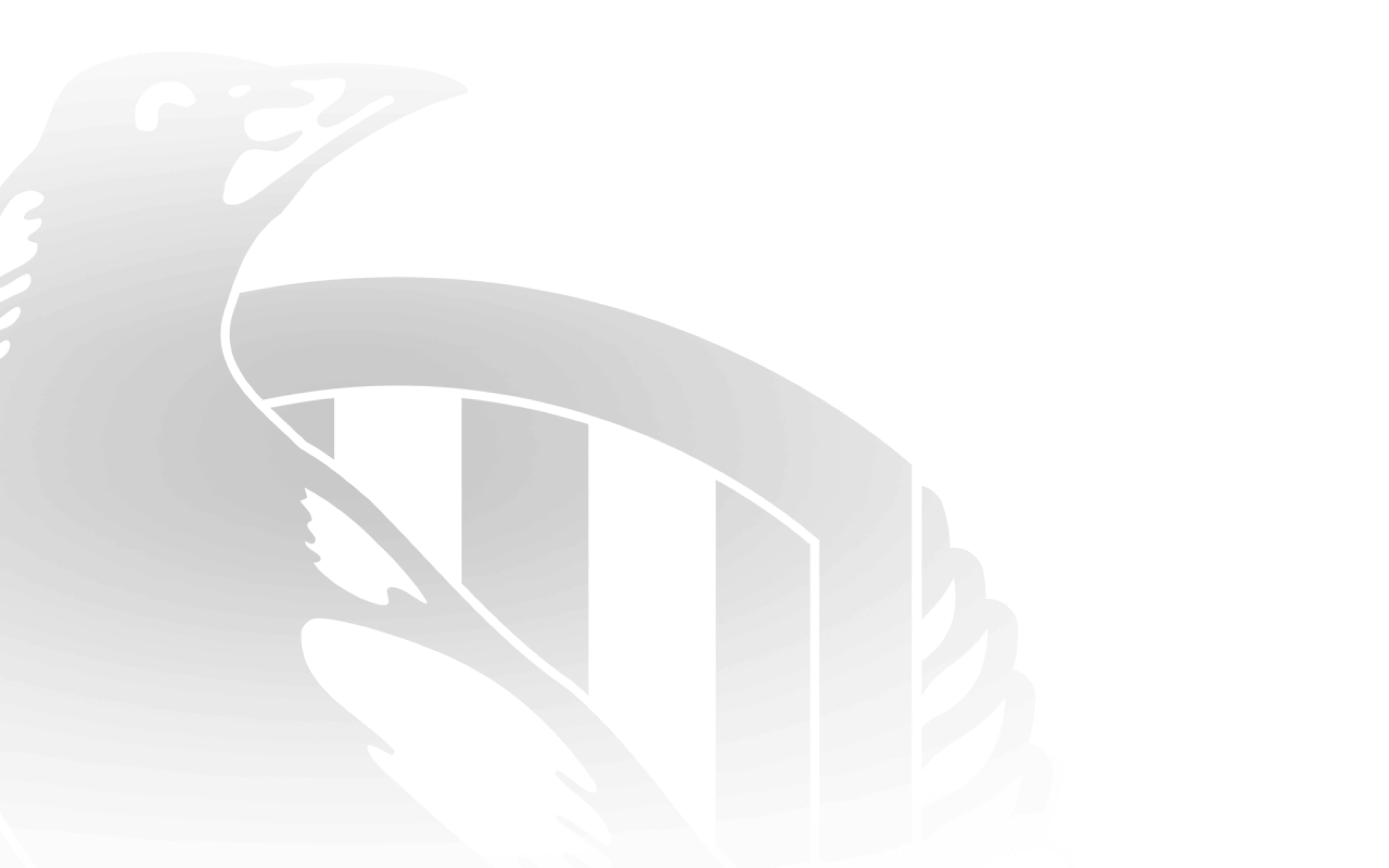
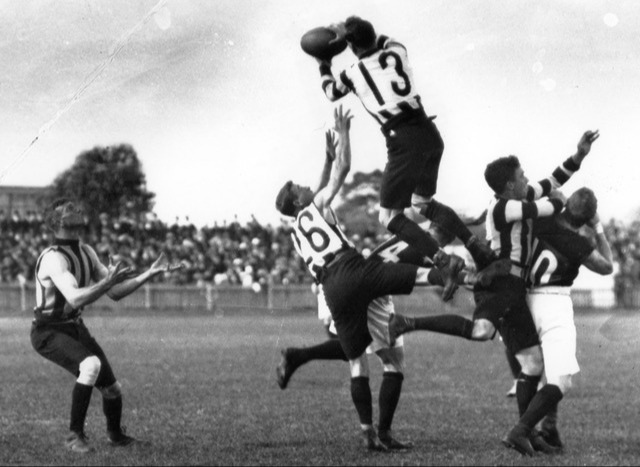

 x2
x2



 x2
x2
 x11
x11
 x3
x3
 x7
x7


